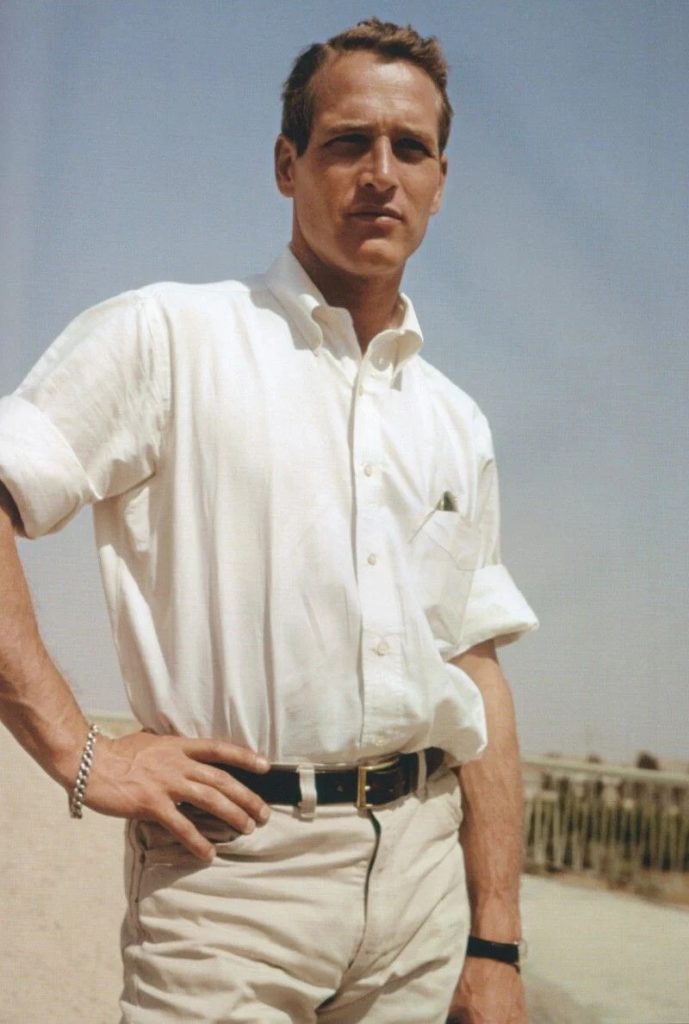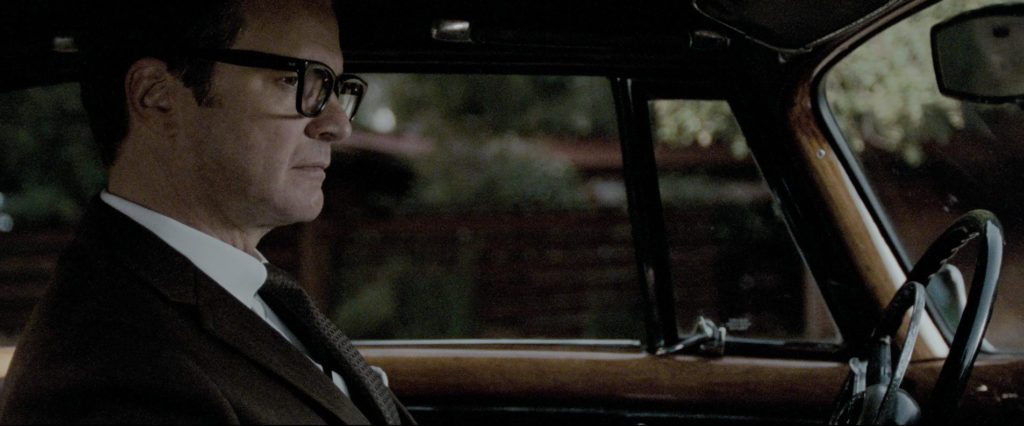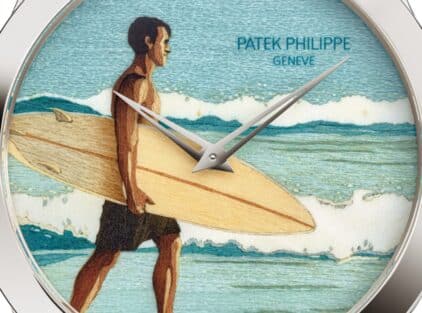The story of the shirt is interesting and begins far back in time. It is said that the tunics that were worn by nomads in the Centre of Asia and then were adopted by the Sumerians, Babylonians, and the ancient Egyptians, are considered the ones that started the story of today’s shirt. In the Middle Age, a shirt was the only “layer” of clothing, that the poorest farmers wore as they were working in the fields, and the rich people as underwear. Back then, the design was very simple, and it was made of unpainted linen, wool, or cannabis.

Getting close to the 19th century, the shirt begins to be linked with social status, luxury and wealth. This time was also the century that brought significant changes in its synthesis. The front of the clothing is now shorter than the back and the buttons are added along with it. Approaching the end of the same century this story changed, and the shirt was not considered an emblem of social prestige and class diversity. The shirt starts to become more approachable and available in the market than ever: it was worn in churches and ceremonies by all types of people while special occasions occurred.
After the First World War, a man’s everyday style it is preferred a looser and more comfortable look. In this important change, the elegant choices of Prince Edward VIII of Wales who at that time was a “style setter”. Prince Edward preferred more colorful shirts but without eliminating the respect that a white shirt was exuded. In 1924, the founder of IBM Thomas J. Watson imposed the white shirt as a strict dress code on his office employees.

Yuppie’s look:
In the following years until the 80s, the shirt was released in new colors, different lines, and a new type of collar. Yuppies were a group of rising and professionally successful young people with degrees from the world’s top universities and willing to stand out. An overall look had a great significance for them, and the white shirt under a well-tailored suit was a must choice.

In the recent decade, despite the rise of granch and street style, a men’s shirt – and specifically the white shirt – continues to be associated with formal occasions, and its timeless value is imprinted as a symbol of integrity, responsibility, and transparency.
















